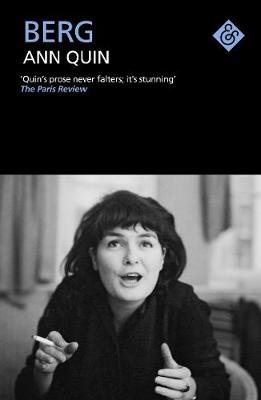
The first sentence sits there on its own page, drawing you in, enticing you to read on:
A man called Berg, who changed his name to Greb, came to a seaside town intending to kill his father…
I first read this sentence at the top of Max Cairnduff’s review in 2010, and the book caught my imagination. But I didn’t read it: I guess I wasn’t in the right place as a reader back then to appreciate it. Still, I never forgot Max’s enthusiasm for Berg, and when And Other Stories published a new edition in March, that was my cue to give it a try.
Berg (1964) was the first of Ann Quin’s four novels. It is the tale of one Alistair Berg, a hair-tonic salesman who lives with his mother Edith (her imagined voice is a constant presence in his mind). His father Nathaniel left them some years ago; this seems to Berg’s principal reason for wanting to do away with the man, though he’s constantly trying to justify it to himself:
Of course it’s ridiculous to think the whole thing is simply a vehicle for revenge, or even resentment – hardly can it be called personal, not now, indeed I have never felt so objective. If inherent in the age, well and good, though historically speaking the idea perhaps is a little decadent.
Berg is even hesitant to actually do the deed, often passing up the chance when it arises. He seems at least as interested in getting together with Judith, the woman his father now loves. Berg takes an adjacent room in their lodgings; he can often hear them through the thin partition. Intense feelings abound in such circumstances, and Quin’s prose is an apposite medley of description, internal monologue, authorial commentary, and Berg’s own imaginings. Here, for example, is Berg remembering Sunday school and childhood summers:
Only perhaps now recalling the shaft of light, the summer’s half-hearted breezes through the swinging chapel door; the mumbled hymn-singing no one ever really knew; peering through a crack in a grave, in awe at the stick-like bones, or staring at unpronounceable names inscribed on marble, counteracted by own writing on pavements and garden walls: Josie loves Aly; Barney Broadbent stinks. The tree with the swing, the hollyhock bowers; untouchable ladybirds, catching a Manx by its stubby tail; trespassers be warned. But you king of the jungle, a warrior supreme. I see an eye through a slit in the wall, my own unique eye, insouciant at everything, beyond what it can now see.
As Max says, Quin’s writing requires concentration; but, with passages like this, I think there’s ample reward. I also agree with Max that Berg is very funny, surprisingly so: I wasn’t expecting it to turn into an outright farce, but it does. Berg gets into scrapes with a pet budgie, a ventriloquist’s dummy… I won’t say more, as I think these are best discovered for yourself.
Berg is also enriched by its sense of place. The unnamed seaside town is recognisably Quin’s hometown of Brighton, and it’s depicted in a way that reflects the rawness of Alistair Berg’s situation. For example, the boarding house is memorably seedy: “Door upon door, separated merely by strips of plaster and pink wallpaper damp-stained: the carpet as though just unrolled leading perhaps to a saw-dust ring. Everywhere the smell of disinfectant.”
If there’s one thing I’ve come to appreciate in ten years of book blogging, it’s that so-called ‘experimental’, ‘challenging’ fiction is not sealed off in some rarefied bubble, but belongs equally to an ordinary reader like me. Berg is a prime example: for a novel with this kind of humour and setting to be written in this kind of language still feels unexpected to me, although it shouldn’t (any other suggestions will be gratefully received!). I’ll be reading Quin again, probably The Unmapped Country, the short fiction collection published by And Other Stories in 2018.
Elsewhere
Lee Rourke has written several interesting articles on Quin’s work. Max links to two, from 2007 and 2010; and there’s this one from 2018.
Book details
Berg (1964) by Ann Quin, And Other Stories, 160 pages, paperback.
Like this:
Like Loading...
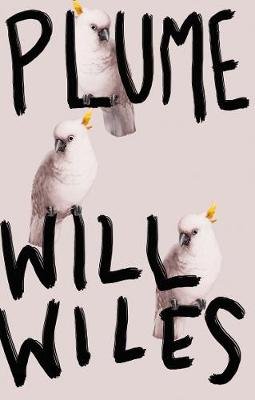
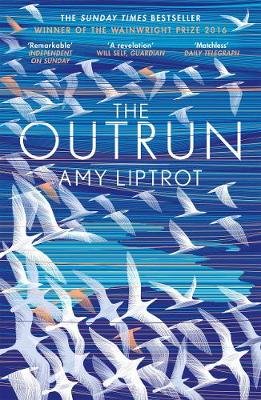
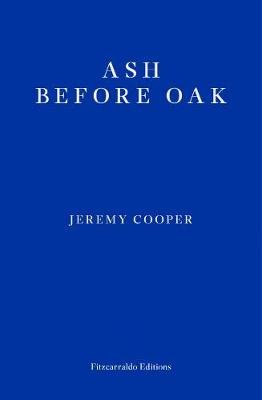
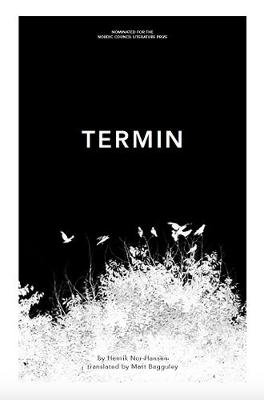
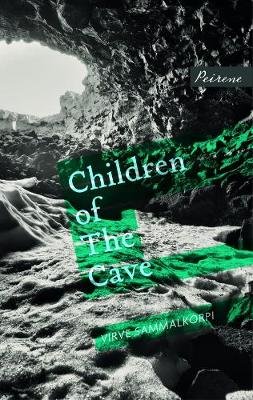

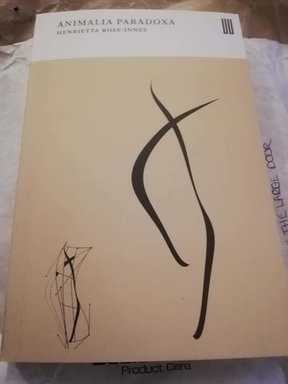




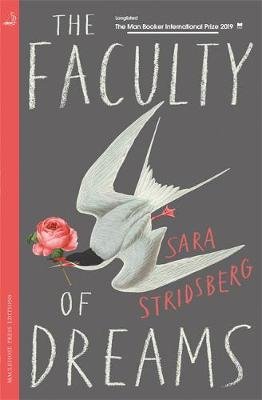
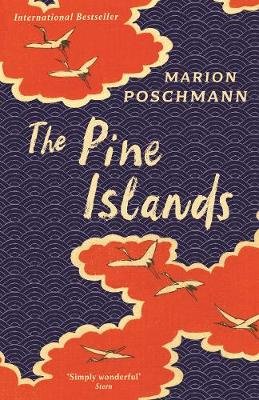
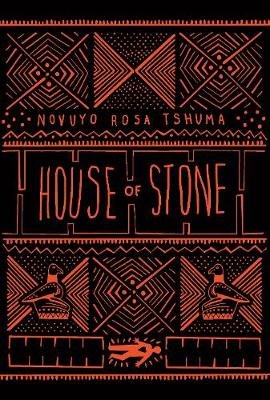

Recent Comments